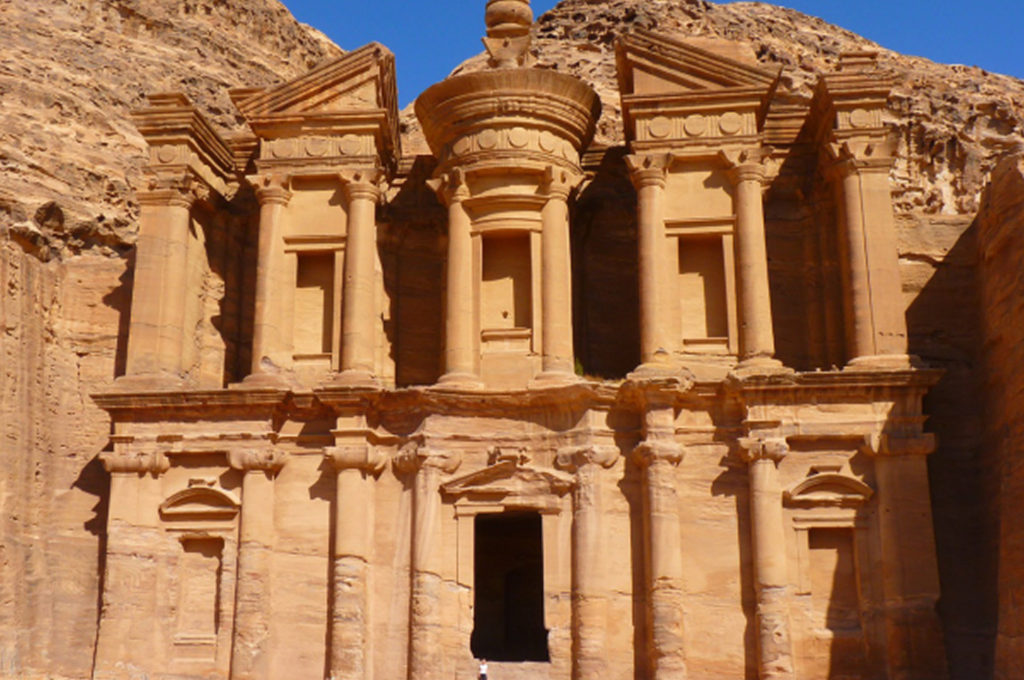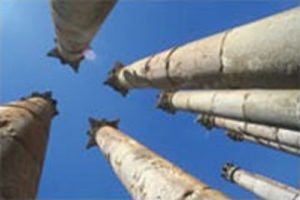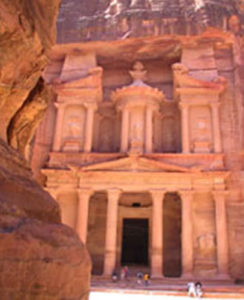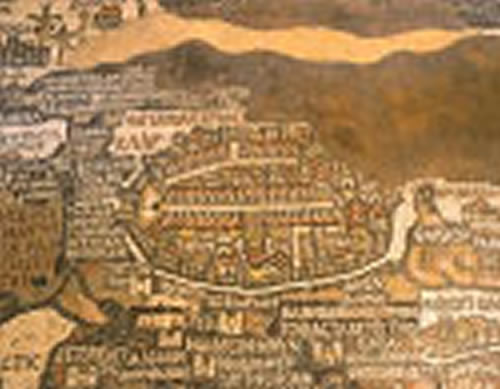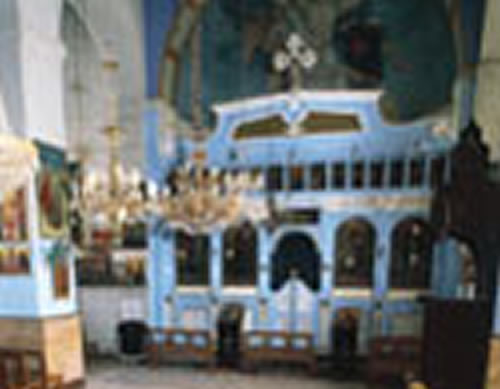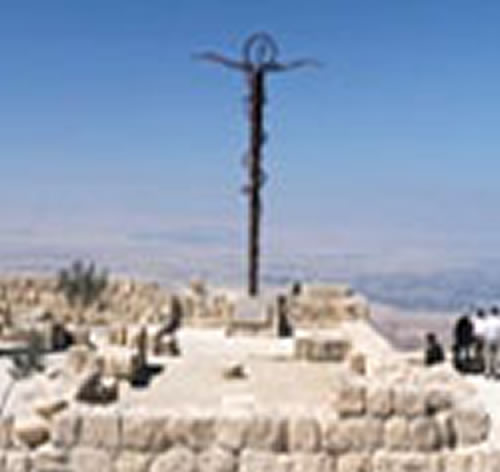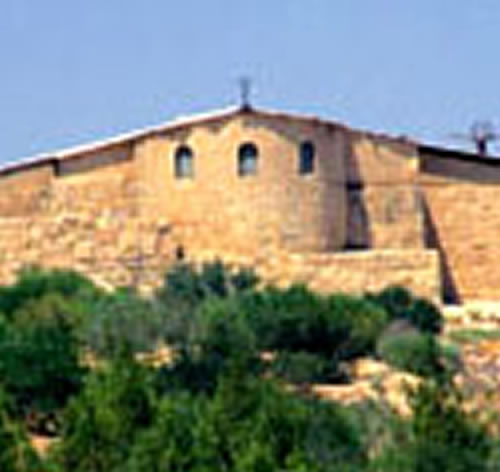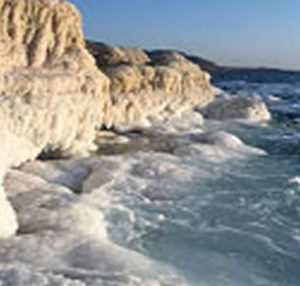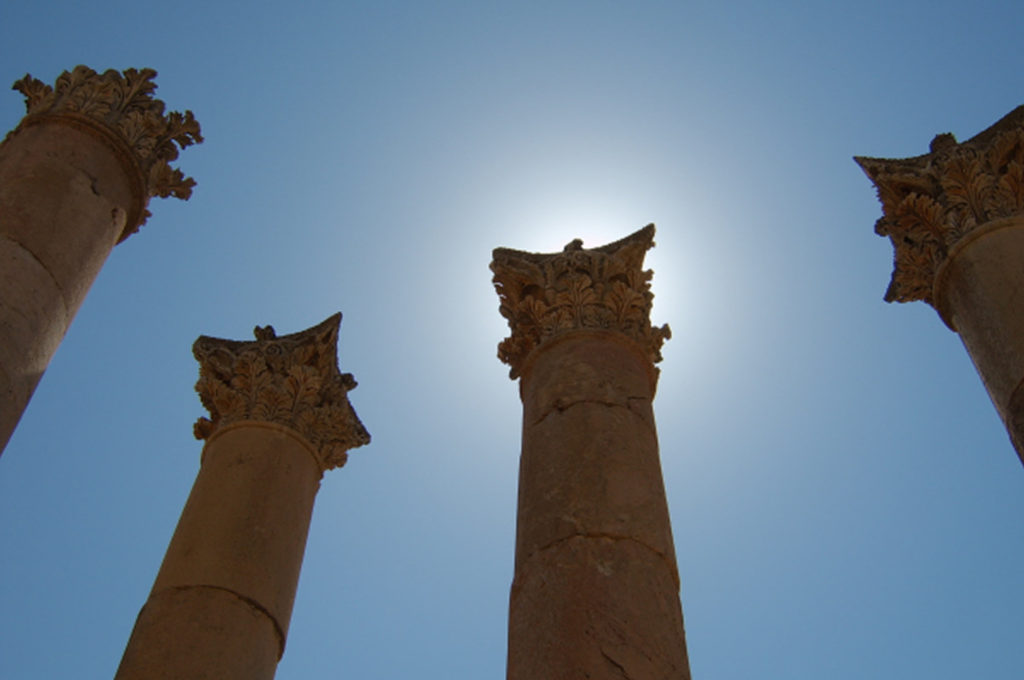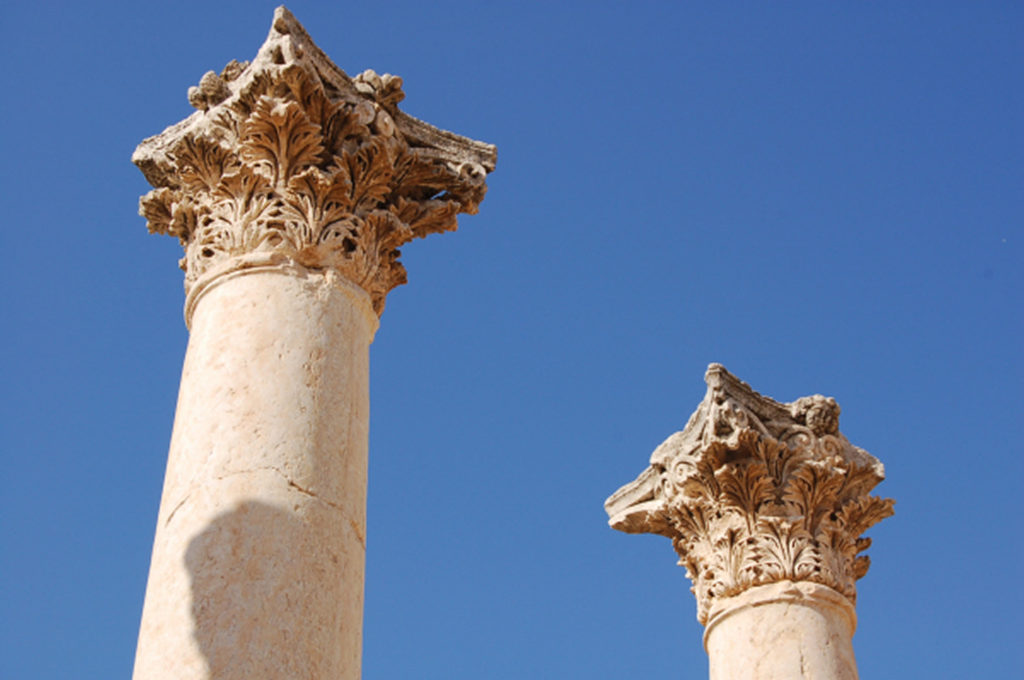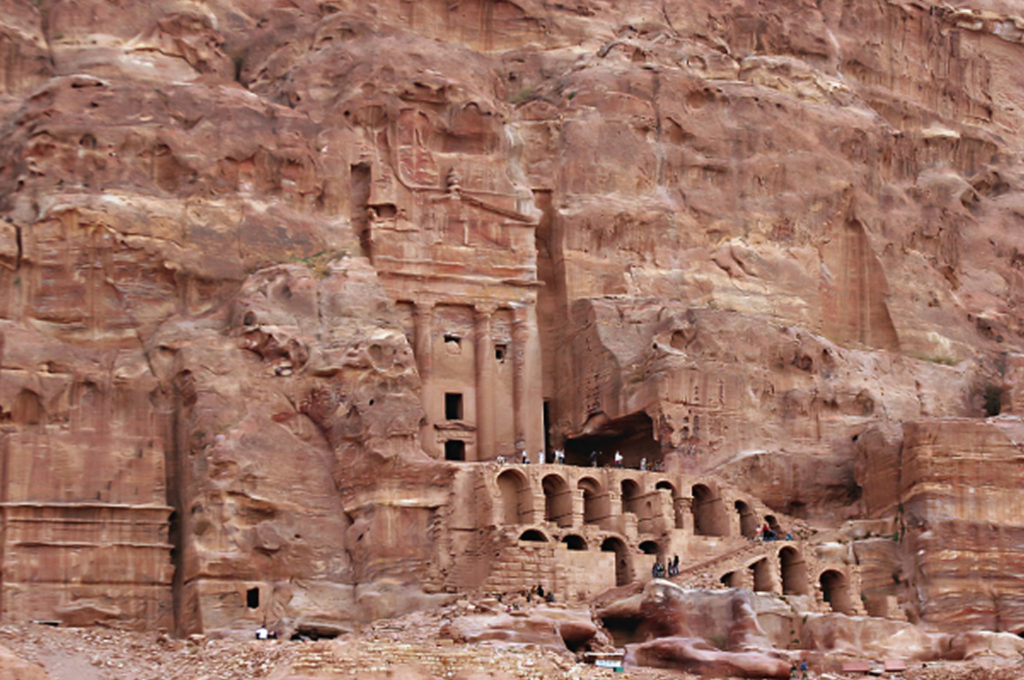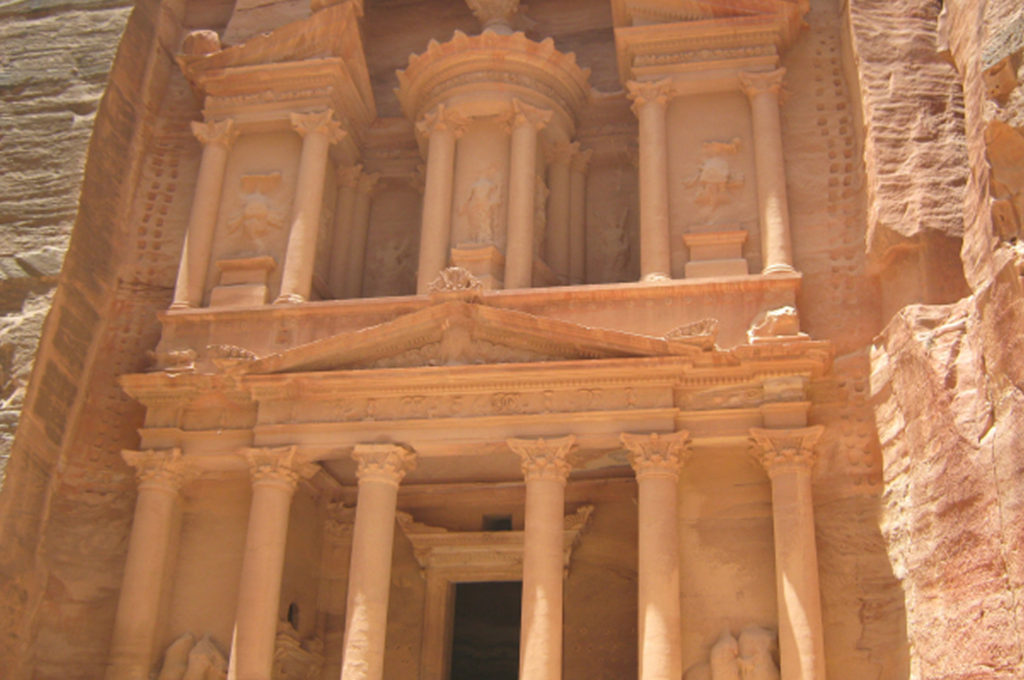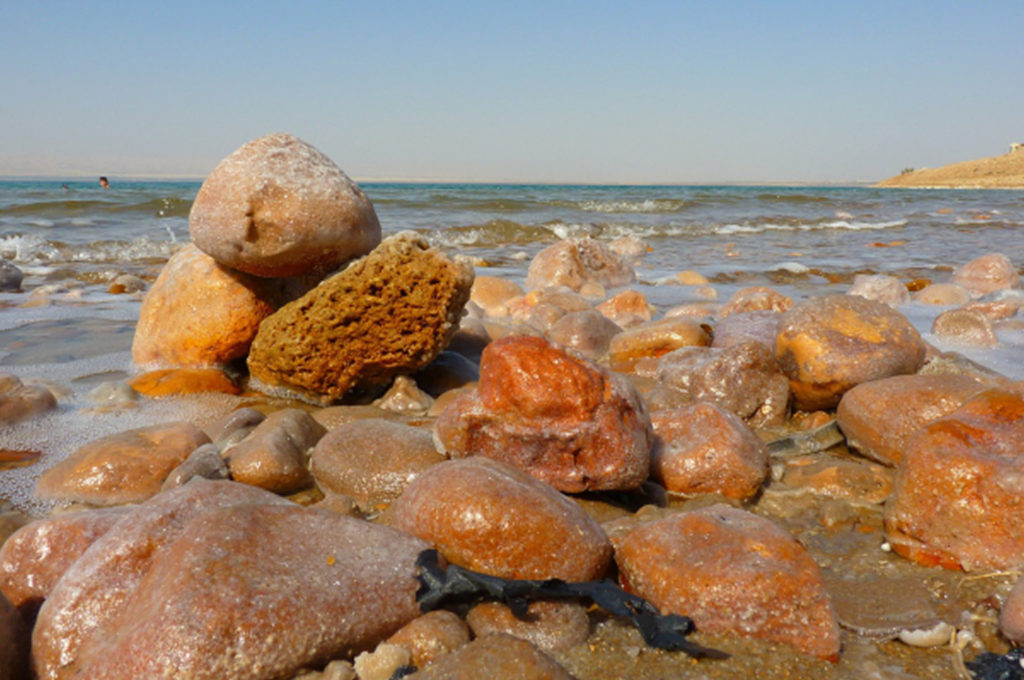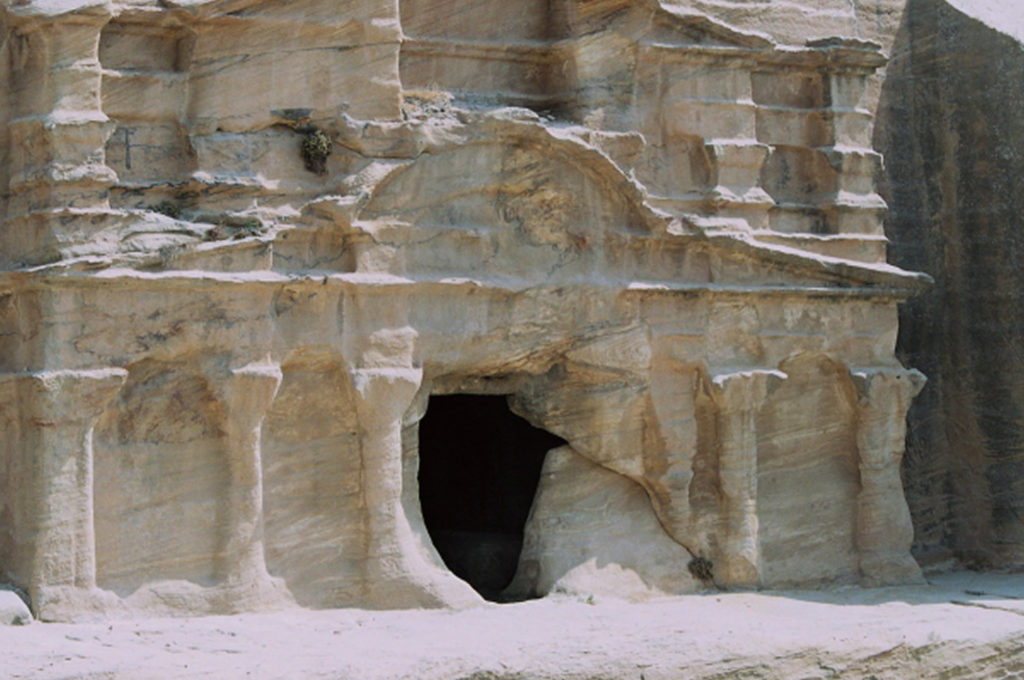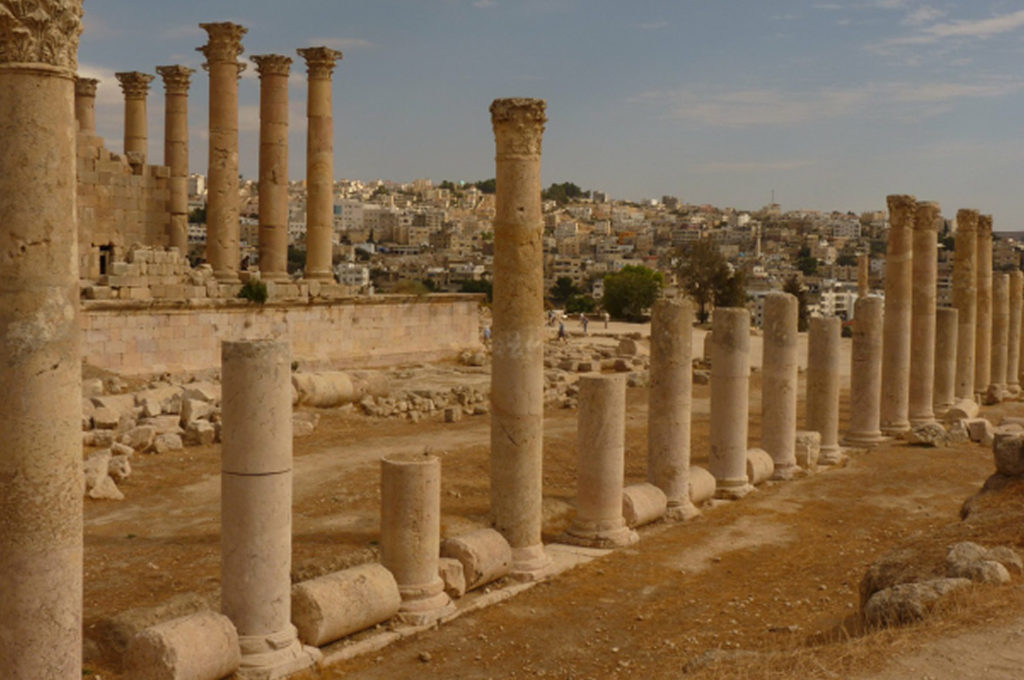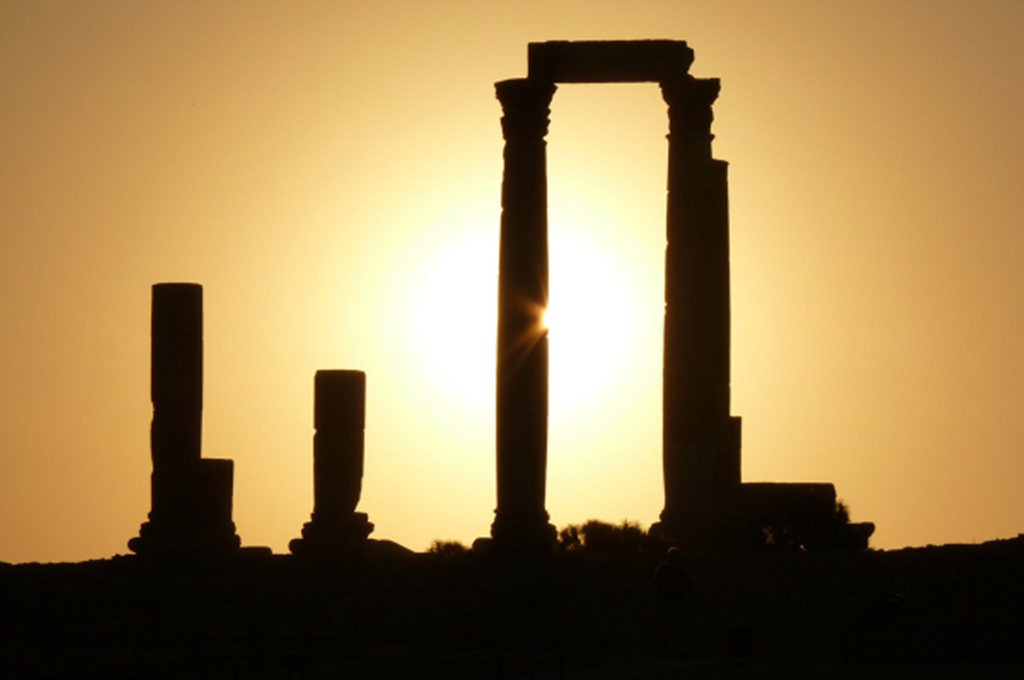ヨルダン周遊 5日間£1832~ ぺトラ遺跡 – ジェラシュ観光 – 死海浮遊体験
ツアー催行日: 12月末まで毎日催行
スケジュール
| 日程 | 観光内容 | |
| 1日目 | 朝 | イギリス国内空港 出発 |
| 夕方 | アンマン空港 到着 専用車にてホテルへ 宿泊:アンマン |
|
| 2日目 | ホテルにて朝食、専用車にて観光へ ◆アンマン市内観光 要塞(シタデル)、ローマ劇場、考古学博物館など見学 ◆ジェラシュ観光 グレコローマン遺跡を見学 ぺトラへ移動 宿泊:ペトラ |
|
| 3日目 | ホテルにて朝食、ペトラ終日観光 ◆ペトラ 宿泊:アンマン |
|
| 4日目 | ホテルにて朝食、専用車にて終日観光 ◆ネボ山 ◆マダバ 聖ジョージ教会 ◆アンマン 死海ビーチ 宿泊:アンマン |
|
| 5日目 | ホテルにて朝食 専用車でアンマン空港へ |
|
| 夜 | イギリス国内空港 到着 | |
※横にスクロールします
ジェラシュ
ジェラシュではローマ、新石器、ギリシャ、ビザンチン、ウマイヤドなど各時代の遺跡が発掘されています。
長い歴史の中でジェラシュの黄金時代はローマ帝国の支配下にありました。
129年にローマ皇帝ハドリアヌスがジェラシュを訪れた記念してつくられた凱旋門が現在も残っています。
馬車のわだちの後が残る列柱通り、夏に行われるジェラシュシュフェティバルで利用されるローマ劇場、信仰されていたアルテミス神殿など
比較的良い状で残っており、当事の様子が目に浮かんできます。
ぺトラ
ペトラは紀元前2世紀ごろ、ナバテア王国の首都でした。隊商人から税金や通行料を収受して栄えていましたが、後にローマ帝国に支配されるようになりました。
現在もペトラ遺跡ではこの2つの時代の遺跡を見る事ができます。
1日のうちに光の当たり具合でその雰囲気を変えるペトラは、夕日の時間になるとピンク色に染まり、そのためローズシティとも呼ばれています。
また、ペトラは映画 「インディ・ジョーンズ/最後の聖戦」の撮影で一躍有名になりました。
ペトラは1日では全部を見切れませんが、主要な部分を見学する1日コースは約7時間~8時間の徒歩観光になっています。
マダバ
アンマンの南に位置するマダバはモザイクシティと呼ばれています。
聖ジョージ教会の床に施されたモザイク「パレスチナの地図」は世界的に有名。この地図には6世紀頃のエルサレムや死海の様子が描かれています。
ネボ山
モーゼの終焉の地であるネボ山。
神様の予告どおり約束の地に足を踏み入れる事ができなかったモーゼが遠くにその大地を眺め最期を迎えた場所だと考えられており、
現在はモーゼを記念する場所になっています。ネボ山にはモーゼ教会があり、キリスト教徒の巡礼地の一つになっています。
天気が良い日は死海、イスラエルが見渡せます。
死海
海面マイナス400mに位置する死海の水には多くのミネラルが含まれています。
塩分が海水の27倍も含まれる死海には生物はおらず、そのため死の海とも呼ばれていました。
現在は世界中から浮遊体験を楽しみに訪れる人々のみならず、死海の水や空気中に含まれるミネラルを利用した皮膚病の治療に訪れる人もいます。
ご予約後のお支払方法について
- [銀行振込]
Account name : Euro Japan Holidays / Sorting code 56-00-29 / Account No.20669763 - [現金でのお支払い]
弊社に直接お持ちいただきます。
※ご旅行条件( 「パッケージご旅行条件」 )を、ご購入前に必ずご一読ください。

